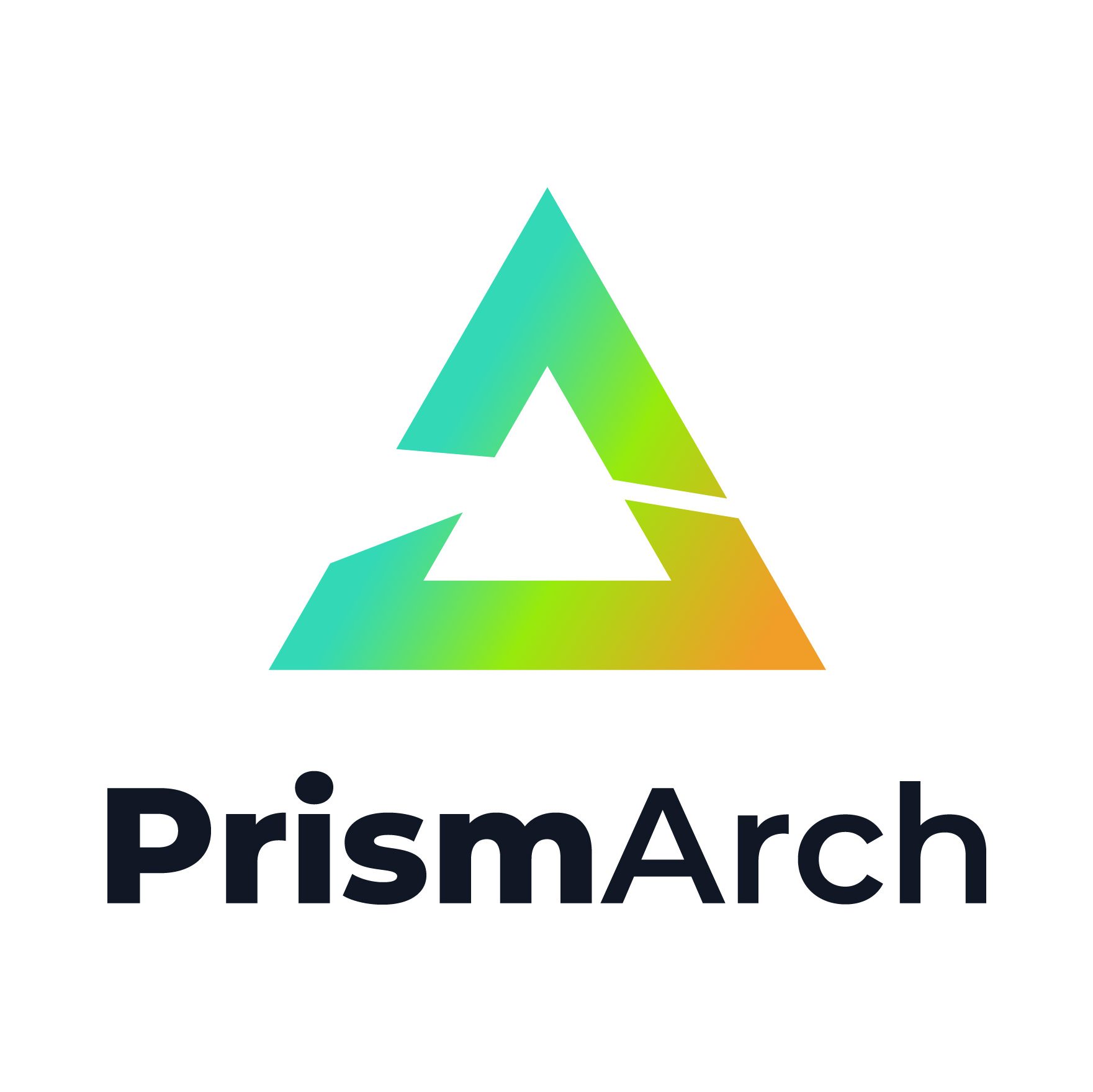The main idea of PrismArch is to create a VR-aided design environment for the AEC industry that will enhance the collaborative capabilities across its main disciplines (architecture, structural engineering and MEP).
In reaching this, PrismArch has set out the following objectives:
Research Obj.1 - Requirements of a cross-disciplinary, collaborative environment for VR-aided design in architectureActivities: The goal of this objective is to review contemporary practices from cross-discipline designers (architects along with structural and MEP engineers) of the consortium (ZHVR, SWECO, AKT, MINDESK) that will lead to a blueprint of requirements, mockups and specifications in order to guide the project research and technical objectives. Thorough knowledge will be sought regarding the shortcomings of current VR systems with respect to designers’ expectations.
Key Results:
(KR1) Review of existing practices in architectural workflow (KR2) Principles, constraints, and rules of each design discipline and interconnections among them derived from BIM (KR3) Cross-discipline requirements of the VR-aided design platform Research Obj.2 - Computational architecture design for automated content creation and design suggestionsActivities: This objective aims to exploit RA1.2 and RA1.3 in order to design algorithms that can assist the designers’ work in an automatic way. This will be achieved through parameterizing the design process for the targeted disciplines in order to define a multidimensional solution space, and then generate appropriate alternatives to the user’s designs and present them as suggestions which the users can take into account for adjusting their design.
Key Results:
Scientific Activity (SA) Key Results (KR) Deliverable(s) RA2.1 (KR4) Mathematical representation of design rules for the definition of a parametric solution space. D2.1, D2.2, D2.3 RA2.2 (KR5) AI assisted editing in VR and generation of suggestions via evolutionary algorithms. D2.1, D2.2, D2.3 RA2.3 (KR6) User models for each designer type or individual preferences to adapt the AI-generated solutions and the VR interfaces. D2.2, D2.3 Research Obj.3 - Cognition aspects of collaborative VR-aided design environmentsActivities: The goal of this objective is to reduce cognitive load and stress, related to either the medium or the task, in a collaborative VR environment in order to improve spatial cognition and navigability. Furthermore, it aims to reduce the cognitive load in both perception and interaction so as to provide guidelines that, in conjunction with the user requirements, will lead research developments of RO4 (Blending CAE simulations and BIM in VR). Ultimately, this objective aims to enhance the usability of the VR environments by ensuring optimal user experience.
Key Results:
Scientific Activity (SA) Key Results (KR) Deliverable(s) RA3.1 (KR7) Investigation of spatial cognition and navigation in VR-aided design environments for architecture D3.1, D3.2, D3.3 RA3.2 (KR8) Study on cognitive load in immersion and interaction to facilitate accurate decision making D3.1, D3.2, D3.3 RA3.3 (KR9) UX and usability guidelines to drive the developments of the VR-aided design environment D3.1, D3.2, D3.3
Research Obj.4 - Blending multi-simulations and BIM notations within a VR-aided design environmentActivities: The goal of this objective is to smoothly incorporate BIM and CAE simulations information from flagship commercial software into the fundamental elements of VR, and to allow collaborative interaction that will significantly improve architectural projects workflow with respect to designers’ requirements of RO1. Moreover, this objective aims into developing intuitive and user-friendly interfaces that will comply with the usability guidelines and criteria of RO3.
Key Results:
Technological Activity (TA) Key Results (KR) Deliverable(s) RA4.1 (KR10) Establish structures for two-way communication between VR, BIM, and CAE software D4.1, D4.2, D4.3 RA4.2 (KR11) Interconnection and interfaces of BIM software with VR-aided design environment D4.2, D4.3 RA4.3 (KR12) Interconnection and interfaces of CAE simulation software with VR-aided design environment D4.2, D4.3 RA4.4 (KR13) Improved realism and natural interaction interfaces in VR-aided design environments D4.2, D4.3 Techn. Obj. - System integration and development of the collaborative VR-aided design environmentActivities:
This technological objective revolves around the integration of the research objectives (RO1-RO4) into a unified VR-aided design platform with high TRL.
Key Results:
Technological Activity (TA) Key Results (KR) Deliverable(s) TA1.1 (KR14) Technical requirements and integration plan D5.1, D5.3 TA1.2 (KR15) Integration results D5.2, D5.4 TA1.3 (KR16) First and final system prototypes D5.2, D5.4
User Obj. - Demonstrate and evaluate PrismArch in different architectural projectsActivities:
The User oriented Objective (UO) targets for the definition of a) two architectural projects (demonstration use cases) that will be designed using the PrismArch platform; b) the usage scenario for the demonstration and evaluation of the PrismArch platform; and c) a methodology to evaluate the platform. Finally, this UO concerns the smooth execution of the evaluation process.
Key Results:
User-Oriented Activity (UOA) Key Results (KR) Deliverable(s) UA1.1 (KR17) Architectural projects and usage scenario definition D6.1 UA1.2 (KR18) Plan for evaluating the platform D6.2, D6.4 UA1.3 (KR19) Demonstration deployment, execution and evaluation D6.3, D6.5
